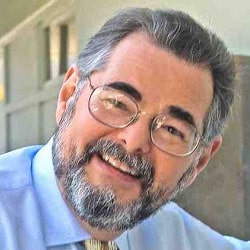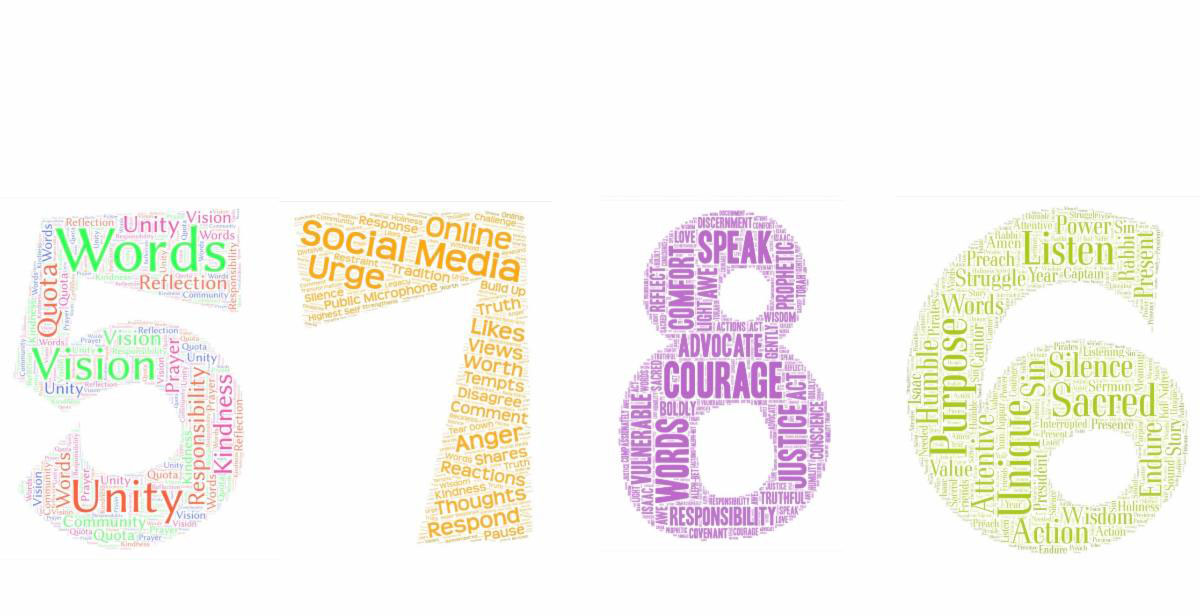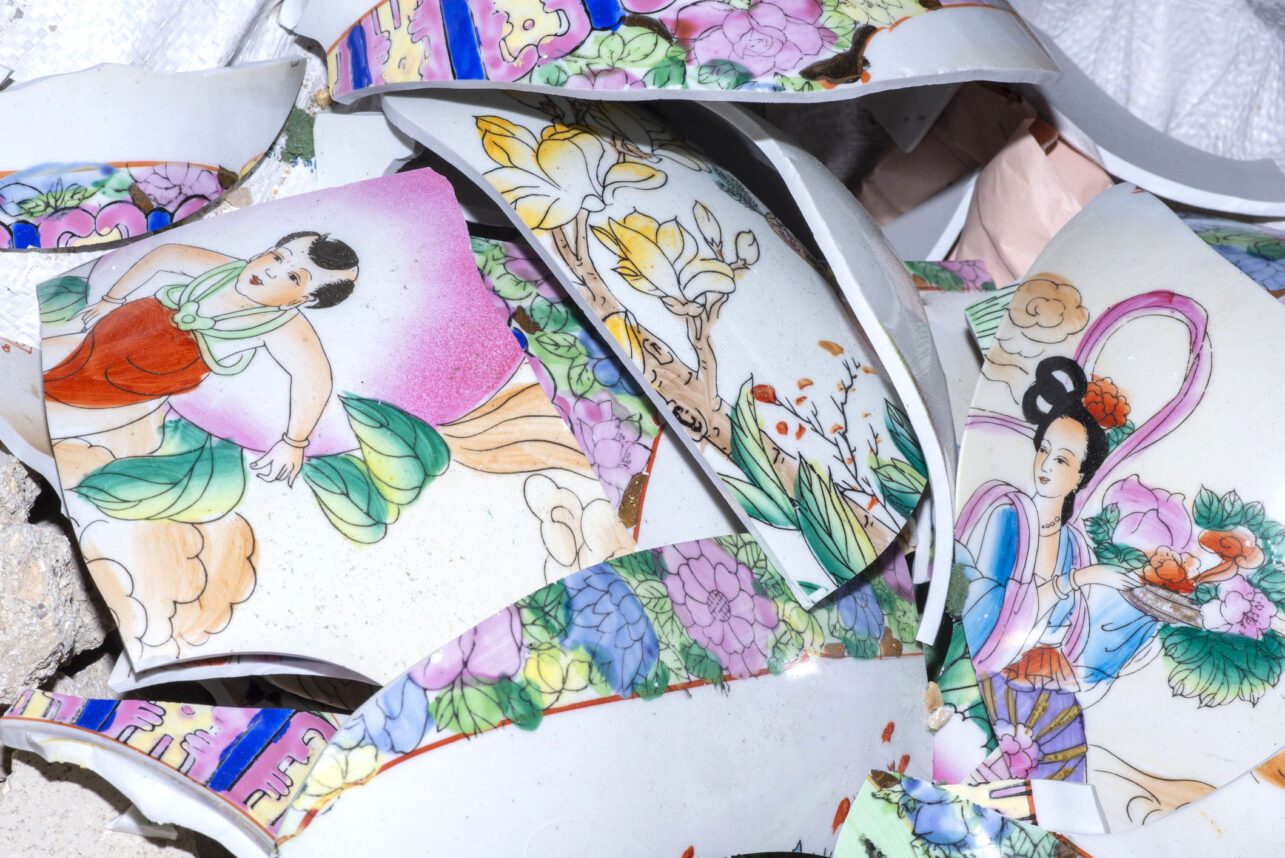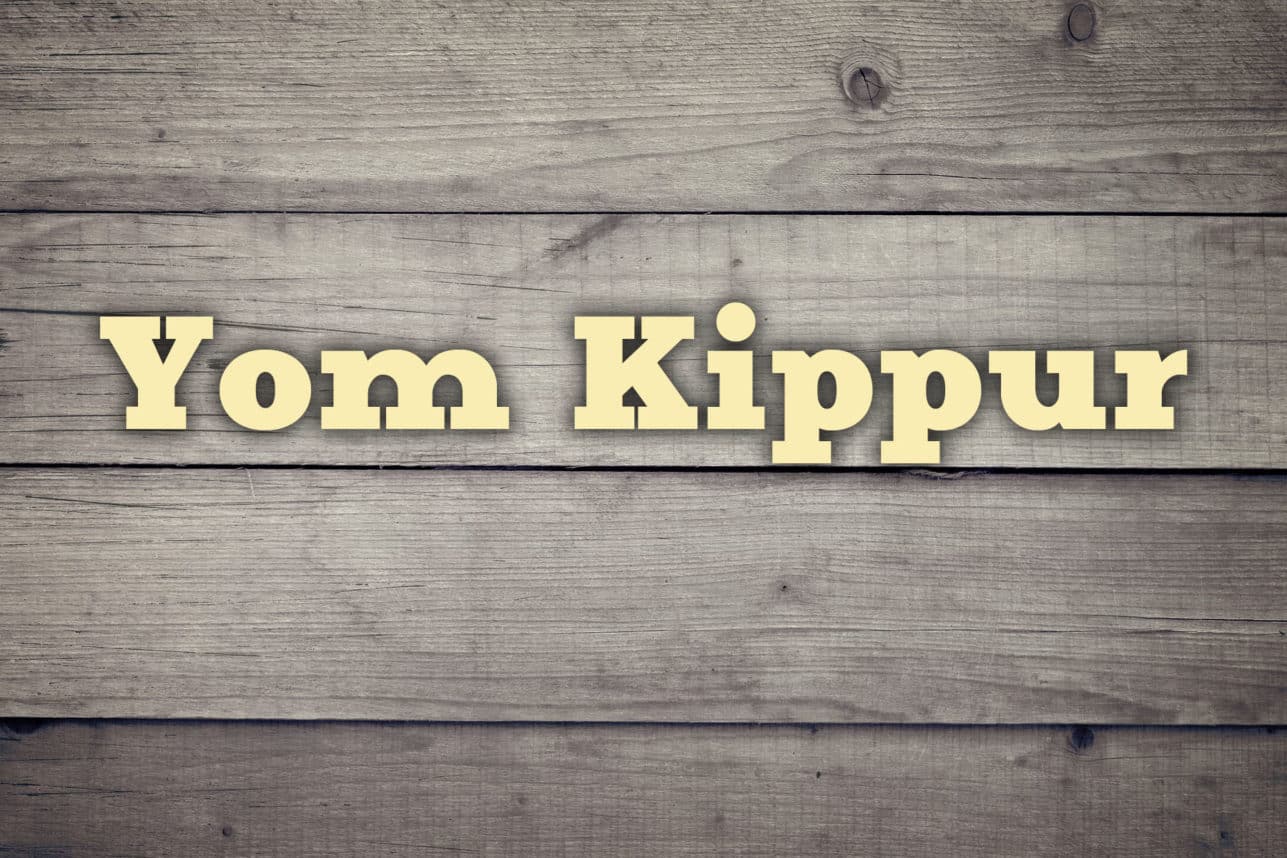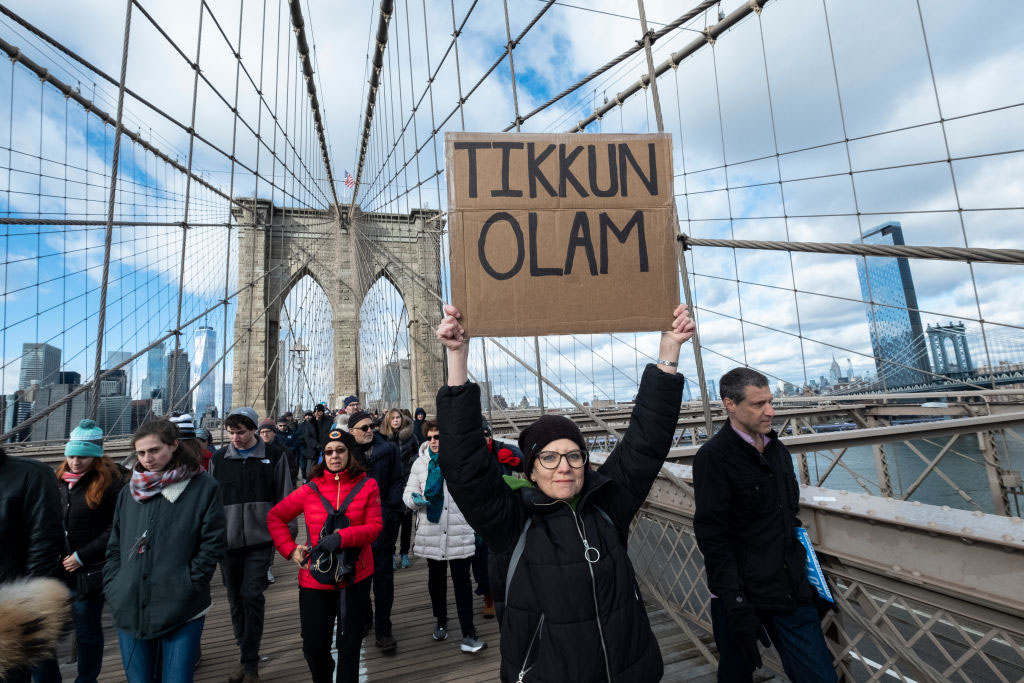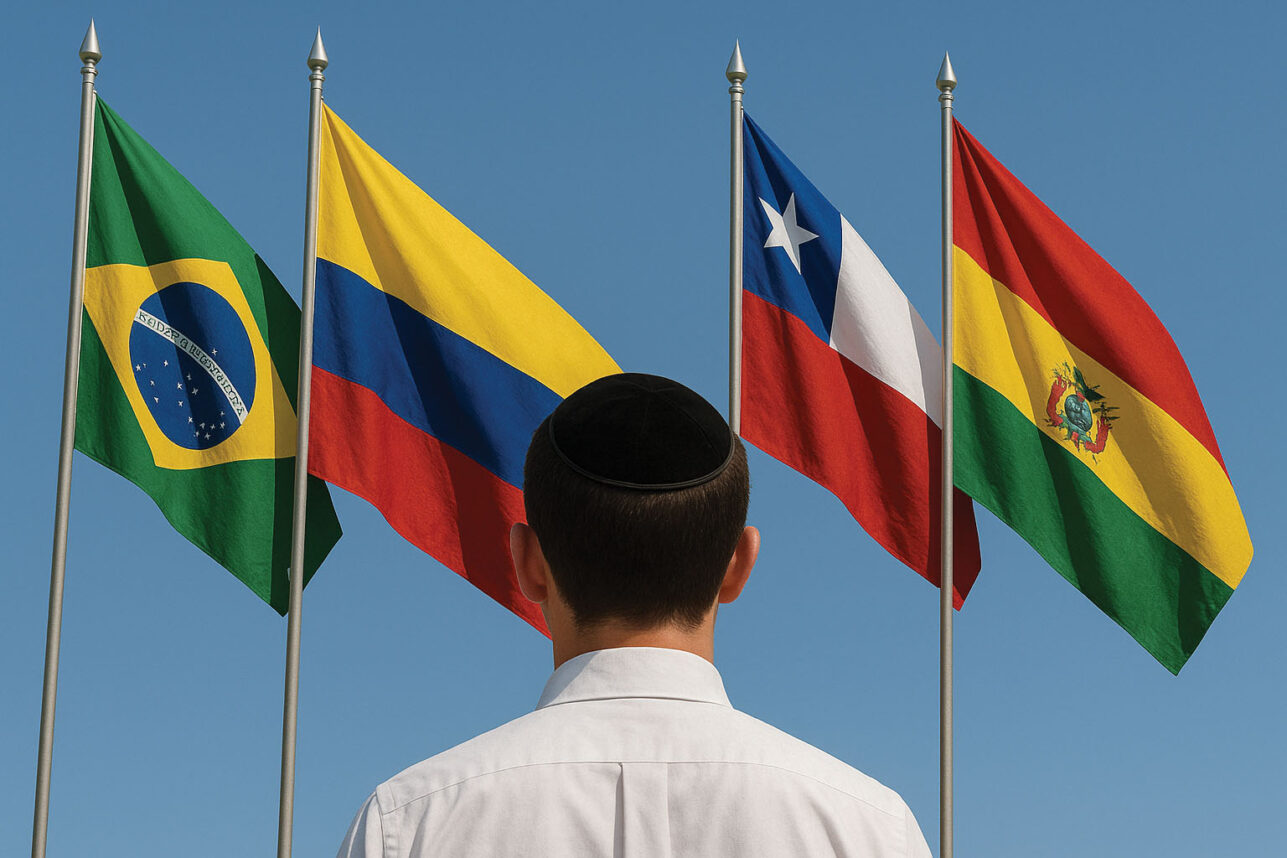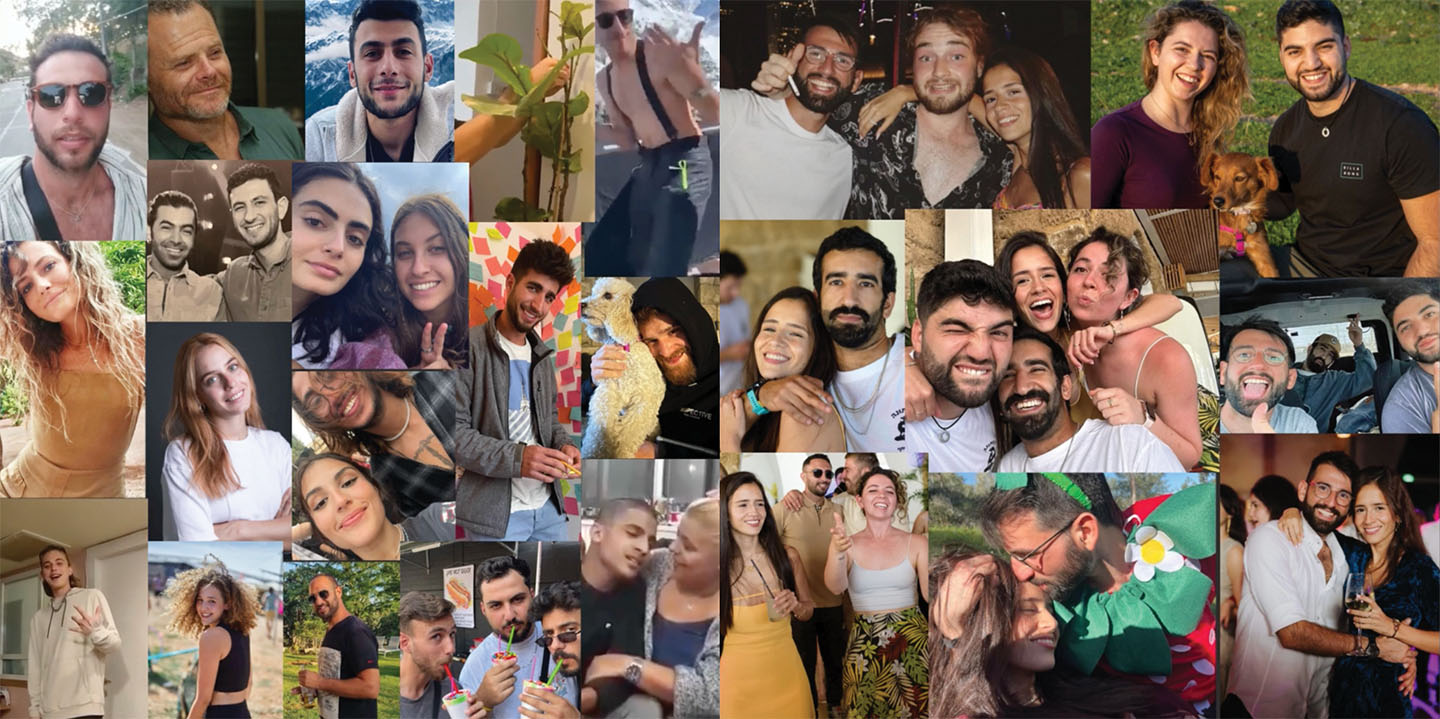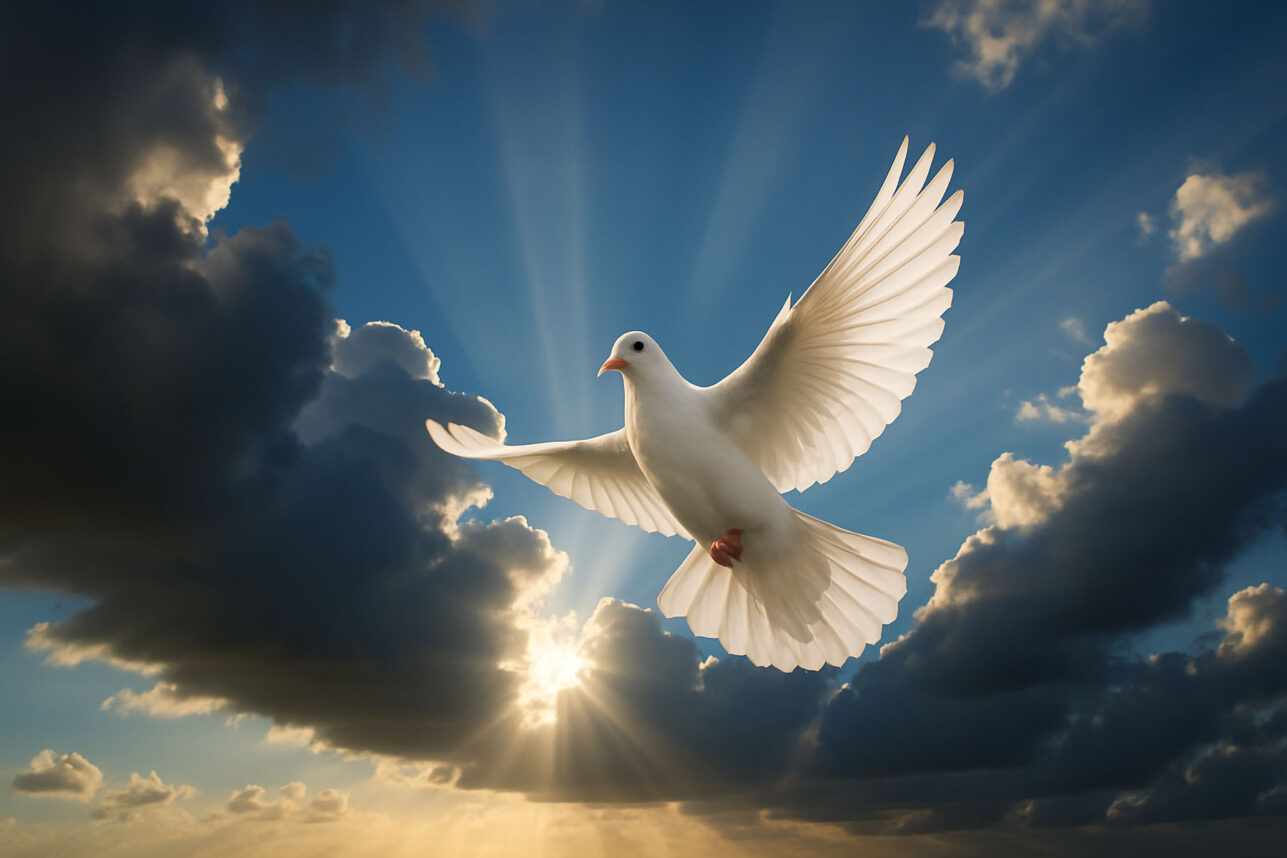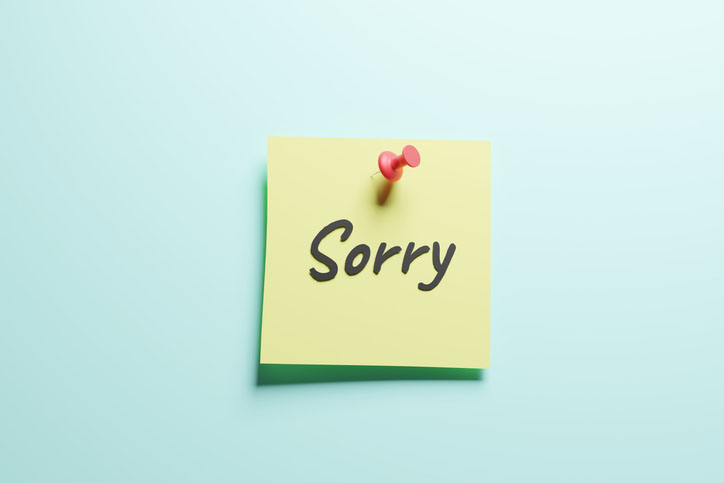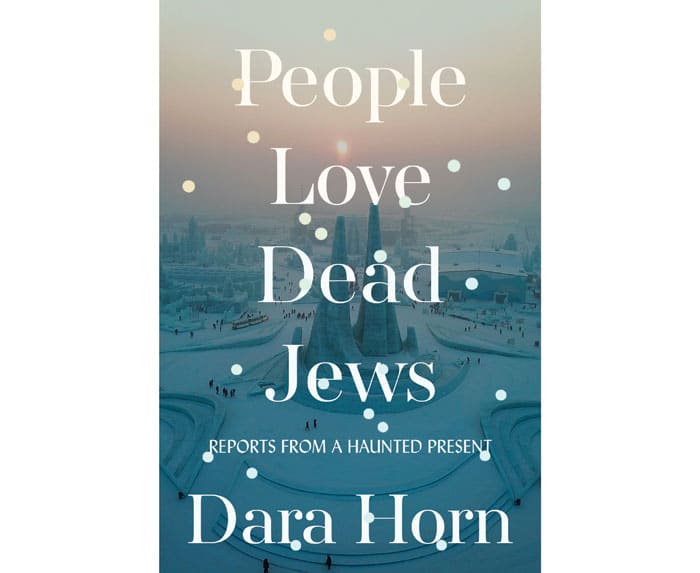
The bitter ironies that abound in Dara Horn’s new book begin with the title itself: “People Love Dead Jews: Reports from a Haunted Present” (Norton). The author is plainspoken about her use of the off-putting and even heart-breaking phrase: “This book explores the many strange and sickening ways in which the world’s affection for dead Jews shapes the present moment,” she announces. “I hope you will find it as disturbing as I do.”
Horn is best known for her five novels, including “In the Image” and the “The World to Come,” both of which were presented with the National Jewish Award for fiction. She earned a doctorate in Hebrew and Yiddish literature at Harvard University, and she has taught these subjects at Harvard, Yeshiva University and Sarah Lawrence College. But she is also a frequent contributor to Tablet, The New York Times, the Jewish Review of Books and the Atlantic, where some of the essays in her latest book first appeared.
Apparently mindful that the sharp edges of her book will be off-putting to some Jewish readers, she opens with reminiscences of her own Jewish cred. “I read works of Jewish philosophy for fun, tracking medieval and modern arguments about the nature of God,” she writes of her adolescence. She served as the Torah reader at the children’s services at her synagogue. “I often privately began and ended my days with traditional Hebrew prayers.”
“As thousands of Holocaust books and movies and TV shows and lectures and courses and mandatory school curricula made abundantly clear, dead Jews were the most popular of all.”
Eventually, and fatefully, she experienced a revelation. Not only is Judaism deeply rooted in history and tradition, but Jewishness itself is seen by non-Jews as what she calls “a state of non-being: not being Christian or Muslim or whatever else other people apparently were … being alienated, being marginalized, or best of all, being dead.” Exactly here is the idea behind the title of the book: “As thousands of Holocaust books and movies and TV shows and lectures and courses and mandatory school curricula made abundantly clear, dead Jews were the most popular of all.”
Anne Frank, whom Horn calls “Everyone’s (Second) Favorite Dead Jew,” is perhaps the iconic example of her argument. Horn points out that Frank’s diary has been translated into 70 languages and has sold more 30 million copies. The Anne Frank House in Amsterdam draws more than a million visitors each year.
“But when a young employee at the Anne Frank House tried to wear his yarmulke to work, his employers told him to hide it under a baseball cap,” Horn explains. “The museum finally relented after deliberating for four months, which seems like a rather long time for the Anne Frank House to ponder whether it was a good idea to force a Jew into hiding.”
Not every example is quite so harrowing. The chapter titled “Frozen Jews” reminds us of the 20,000 Jews who once lived in the Chinese city of Harbin, whose Jewish identity was so widely known and valued that international Zionist conferences were held there. “You already know this story has to end badly,” she warns. “[T]he usual centuries-long rise-and-fall was condensed into thirty years. The persecution started when Harbin came under Japanese occupation in 1931 and continued into the Communist era, when Israel secretly arranged for Jewish families to escape. “The last Jewish family left town in 1962,” writes Horn, leaving a single elderly woman who died there in 1985, “the official Last Jew of Harbin.” But Horn, always a myth-buster, points out that there is actually one more Jew left in Harbin, an Israeli journalist and teacher named Dan Ben-Canaan.
“I’m the president of the community here, which consists of me and me alone,” Ben-Canaan told Horn in a rare moment of humor. “It’s great because I don’t have anyone to argue with.”
Synagogue shootings in Poway and Pittsburgh, however, are “shocking and disorienting not merely because of their sheer violent horror, but because they contradict the story that American Jews have told themselves for generations.”
Surely the most heart-breaking chapters of all focus on recent acts of murderous antisemitism here in the United States. “Nearly every diaspora Jewish community in world history has at least one founding legend,” Horn points out. The one that American Jews have always embraced is the notion that the United States “was the first place in centuries where their families could enjoy full and free lives.” Synagogue shootings in Poway and Pittsburgh, however, are “shocking and disorienting not merely because of their sheer violent horror, but because they contradict the story that American Jews have told themselves for generations.”
Even when attention and respect is paid to Jewish history, Horn argues, the exercise can be futile or even harmful. The proliferation of Holocaust museums and exhibitions in America and elsewhere around the world is “imbued with a kind of optimism, a bedrock assumption that they were, for lack of a better word, effective.” Once again, Horn is blunt and candid: “The idea was that people would come to these museums and learn what the world had done to the Jews,” she explains. “They would then stop hating Jews.” But she is haunted by a terrifying thought: “Perhaps we are giving people ideas.” Horn fears that the lesson of Holocaust remembrance—“Never again”—“has come to mean that anything short of the Holocaust is, well, not the Holocaust.”
Horn refers to the phenomenon that she describes and debunks so powerfully in “People Love Dead Jews” as “gas-lighting about the Jewish historical past and present,” and she insists on telling the truth. “I had mistaken the enormous public interest in past suffering for a sign of respect for living Jews,” she writes. “I was very wrong. n
Jonathan Kirsch, author and publishing attorney, is the book editor of the Jewish Journal.

